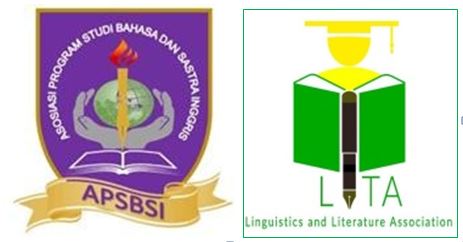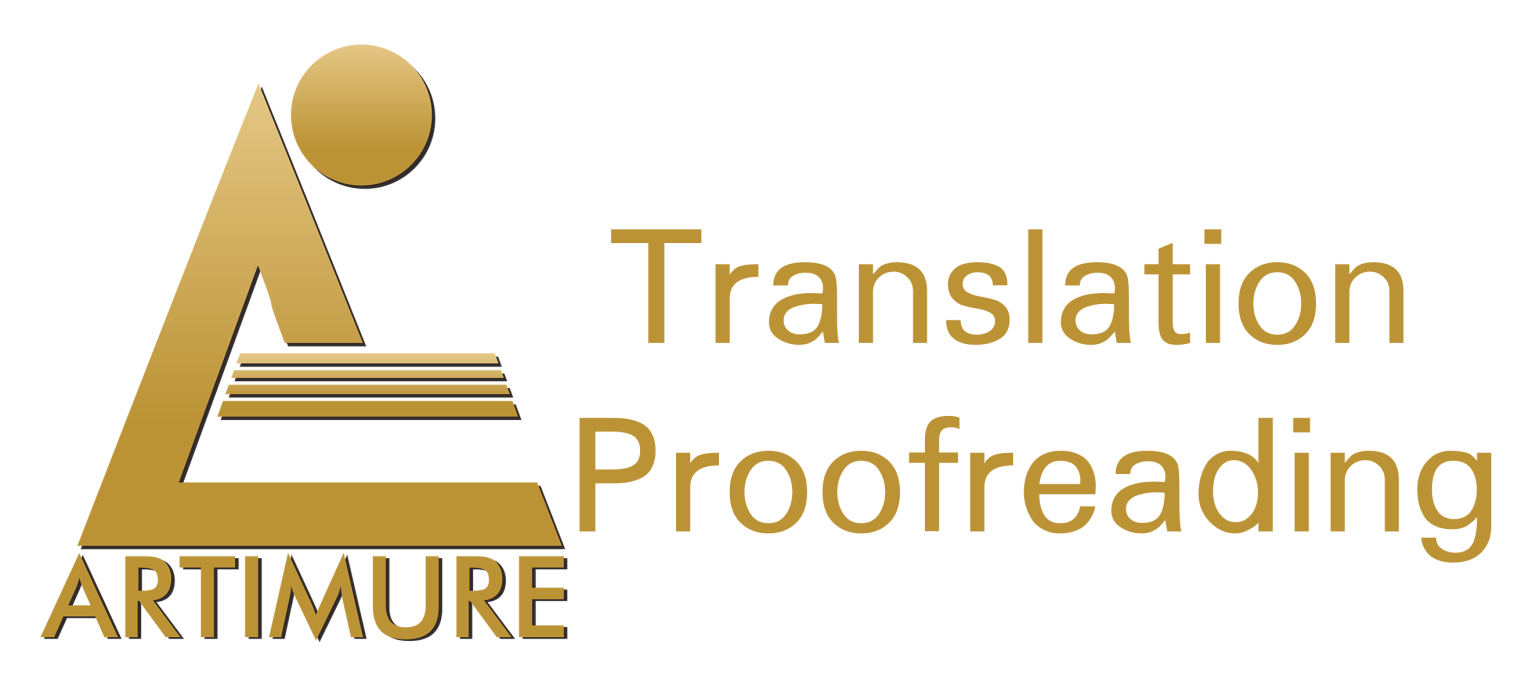The Present Tense Usage in Speaking Skill: An Analysis of Students' Short Speech Texts
DOI:
https://doi.org/10.31849/utamax.v2i3.5575Keywords:
Error Analysis, Simple Present Tense, Speaking, Speech TextsAbstract
The result of this paper is based on the data taken from Triskanedi (2007). The study result showed that 80% of students made mistakes in the use of simple present tense, which was the highest compared to the other two tenses, namely simple past and simple future tense. Due to these interesting findings, the writer intended to carry out further analysis by using the data of the research to find out the kinds of errors produced by the students focusing on simple present tense usage in the short speech texts. The analysis of the data uses a specific type of errors, i.e., omission, addition, missed formation and missed ordering/improper ordering in accordance to taxonomy strategy. The result shows the percentage of the omission of 'be and s/es' is 41.08%. While the addition of 'be and s/es' is 6,21%, and missed formation is 51,94%, and improper ordering is only 0,77%. The omission and addition seem related to the use of 'be' before an adjective or nominal sentence and's' in subject-verb agreement. In addition, the study also found few other errors in using of article 'the', verb inflexion 'ed', and of auxiliary in small numbers. These seems contributed to the students' errors production despite the fact that simple present tense considered as the easiest one to formulate compared to others, another thing that needs to underlie from this study is the understanding of English grammar seems necessary to avoid the same errors in the future
References
Bukit, B.H (2018). An Error Analysis in Tenses Usage by The Students of Management Informatics at Institute of Deli Kesehatan Deli Husada Deli Tua. [Unpublished Thesis. Amik Tridarma].
Brown, H. D, 1980. Principles of Language and Teaching. Prentice Hall, Inc. New Jersey.
Dulay, H., Marina, B., & Krashen, S. (1982). Language Two. New York Oxford University Press.
Harianja, R., Yudar, R. S., Deliani, S., Nursafira, M. S., & Hamuddin, B. (2020). An Analysis of Pronouns Used in Selected International Journal Articles: Exploring Authors' Flexibility and Consistency. REiLA : Journal of Research and Innovation in Language, 1(3), 83-88. https://doi.org/10.31849/reila.v1i3.3839
Herring, P. (2016). The Farlex Grammar Book. Complete English Grammar Rules. Farlex International
James, C. (1998). Error in Language Learning and Use: Exploring Error Analysis. Longman Group Ltd. London.
Listia R. and Febriyanti E. (2020) "EFL Learners' Problems in Using Tenses: An Insight for Grammar Teaching", IJET (Indonesian Journal of English Teaching), 9(1), 86-95. https://doi.org/10.15642/ijet2.2020.9.1.86-95.
Muhsin, M. A. (2016). Analyzing the students' errors in using simple present (A case study at Junior High School in Makassar). Pacific Science Review B: Humanities and Social Sciences, 2(3), 81-87.
Nisa, B. (2020). A Morphological Process of Derivational Affixes in Popular LINE Webtoon: The Annarasumanara. REiLA : Journal of Research and Innovation in Language, 2(2), 85-92. https://doi.org/10.31849/reila.v2i2.4656
Pandawa, M. (2015, July). An Error Analysis of Speaking Present Tense on English Conversation Program of PRO 2 Radio Bandar Lampung. In Proceeding International Multidisciplinary Conference on Social Sciences (IMCoSS) (Vol. 1, p. 5).
Richards, J.C. (1990). Error Analysis. Perspectives on Second Language Acquisition. Routledge.
Setiyadi, B. 2006. Metode Penelitian untuk Pengajaran Bahasa Asing Pendekatan Kualitatif dan Kuantitatif. Yogyakarta: Penerbit Graha Ilmu.
Soetikno, L. (1996). Analysis Wacana. Grameda Pustaka Utama. Jakarta.
Tarigan, H.G., & Tarigan, D. (1990). Pelajaran Analissi Kesalahan Berbahasa. Bandung: Tarsito.
Triskanedi. Jhon. (2007). A study on the Tenses Mistakes By The Third Year Students of English Study Program of FKIP UNRI in Speaking. [Unpublished Thesis. Universitas Riau].
Vaezi, S., & Alizadeh, M. (2011). How learners cope with English tenses: Evidence from think-aloud protocols. Procedia-Social and Behavioral Sciences, 29, 986-993.
Quirk, R, (1987). Longman Dictionary of Contemporary English-New Edition. London. Longman INC.










